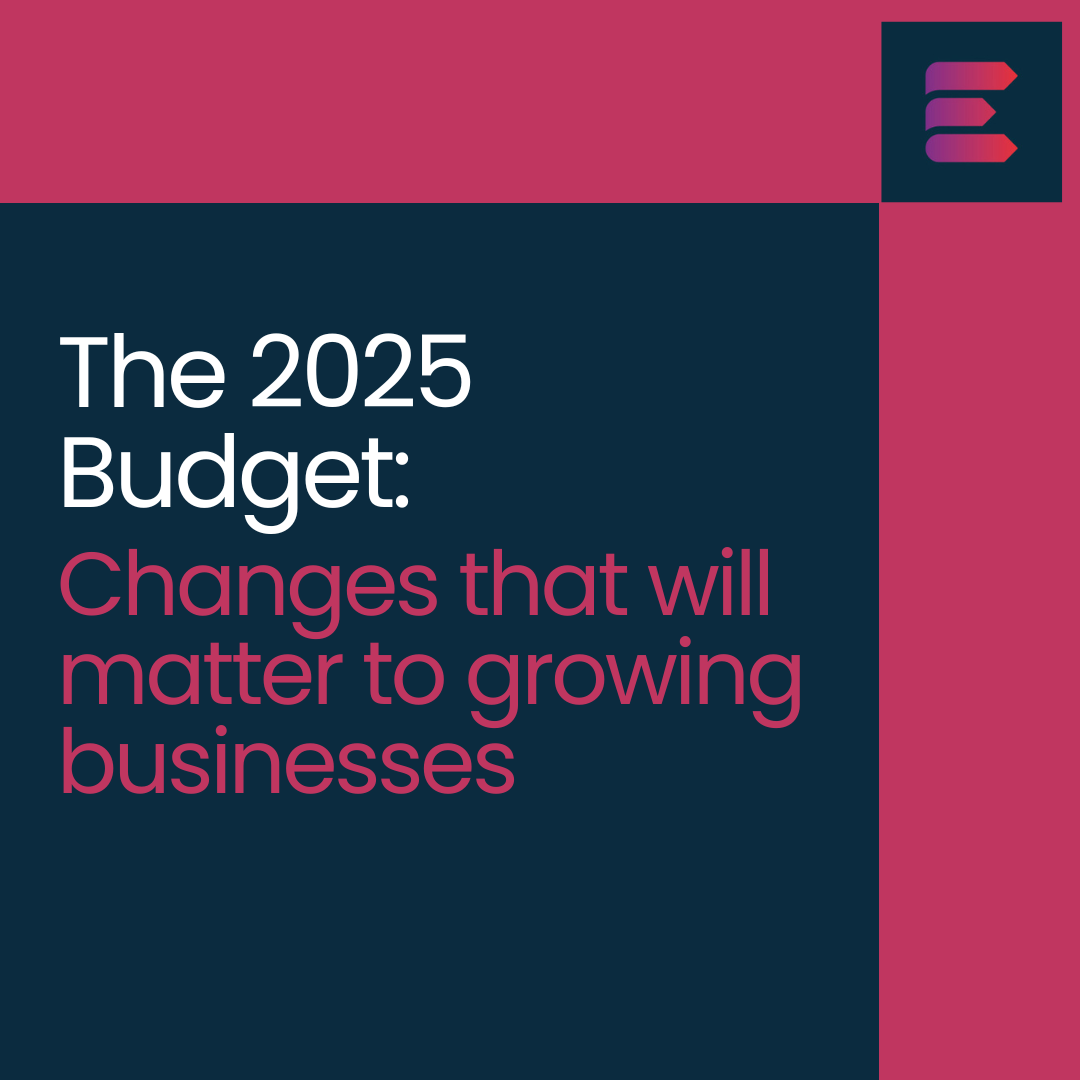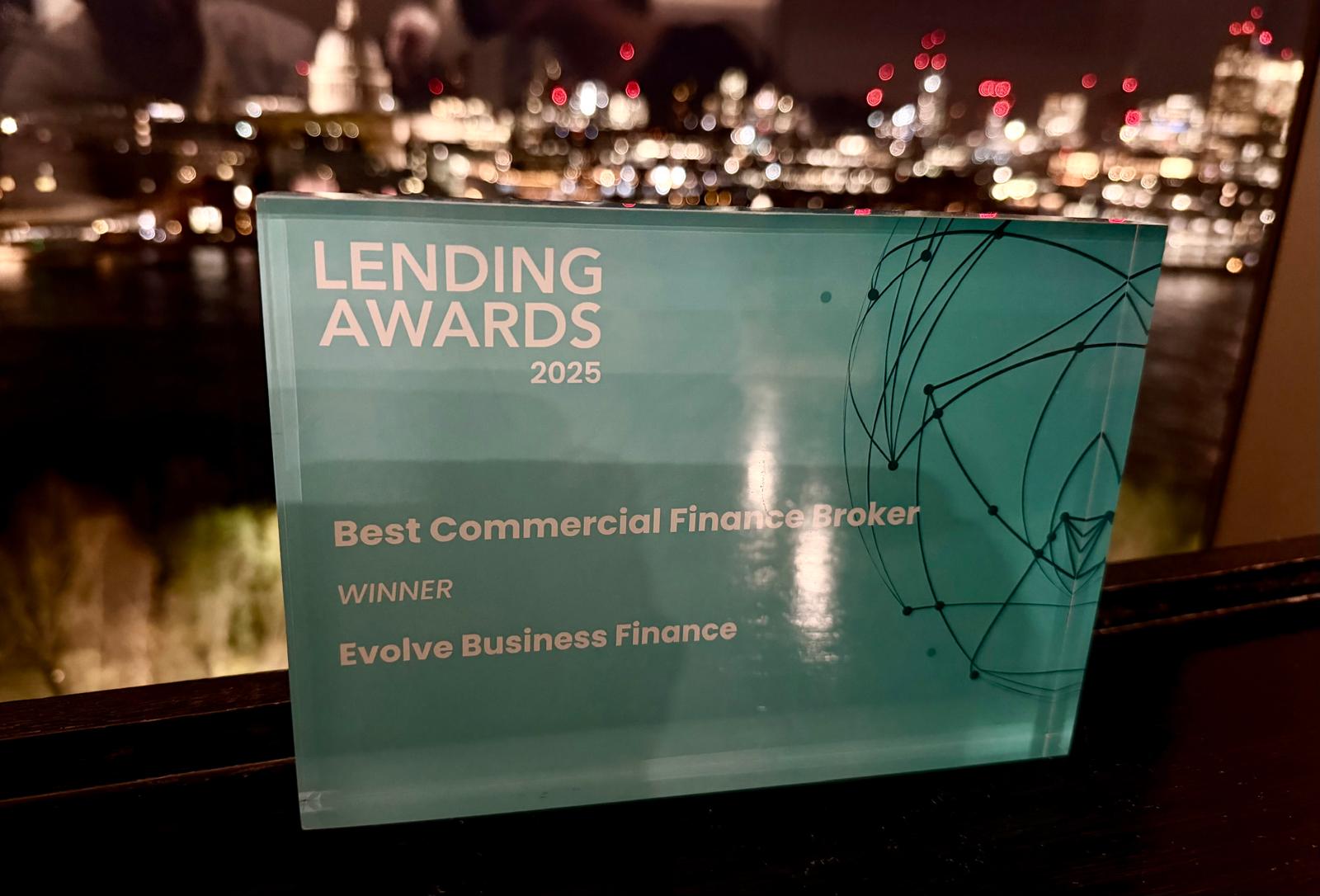Understanding asset finance: a practical guide for businesses

Asset finance is a vital tool for businesses looking to acquire the equipment and resources they need to thrive without draining their cash reserves. Instead of committing to large upfront payments, companies can spread the cost of essential assets over time, allowing for greater flexibility and financial stability. Whether you’re a startup in need of key machinery or an established firm looking to upgrade your technology, understanding the various types of asset finance can help you make informed decisions that support your growth. In this guide, we’ll explore the different options available and how they can benefit your business.
What is asset finance?
Asset finance is a way for businesses to access the equipment, vehicles or machinery they need without paying the full cost upfront. Instead of purchasing an asset outright, businesses spread the cost over time, usually through fixed payments. This type of finance helps companies preserve cash flow and gives them the flexibility to grow without taking on large, immediate costs.
What types of assets can be financed?
Almost anything that a business relies on for day-to-day operations can be financed. This includes:
- Vehicles: company cars, vans, trucks or lorries
- Machinery: production equipment, factory machinery or tools
- Technology: computers, servers or software
- Office equipment: desks, chairs or IT systems
It’s a solution for any business that needs essential assets to keep running or grow.
What are the different types of asset finance?
There are several types of asset finance, each suited to different needs. Here’s a rundown of the most common ones:
- Contract hire and leasing: you lease an asset (like a vehicle or equipment) for a set period. At the end of the lease, you return the asset. This is ideal if you don’t want the responsibility of ownership and prefer to upgrade frequently.
- Hire purchase: you pay a deposit, then spread the remaining cost over time. Once the payments are complete, you own the asset. This is great for businesses that want to own the asset eventually but need to spread the cost.
- Operating lease: you rent an asset for less than its full life, returning it when the lease ends. It’s often cheaper than hire purchase and keeps the asset off your balance sheet.
- Sale and lease back: if your business owns valuable assets, you can sell them to a finance provider and lease them back. This frees up cash tied up in assets without losing access to them.
- Refinancing: If you have assets already owned, you can use them as collateral to raise cash for your business. This helps unlock the value of what you already own to finance new ventures or growth.
- Chattel mortgage: You borrow money to buy an asset and the lender holds the asset as security. Once the loan is repaid, the asset is yours. This option is usually used for vehicles or equipment.
Who can benefit from asset finance?
Asset finance is ideal for businesses of all sizes, but it’s particularly useful for small and medium enterprises that need to manage cash flow carefully. Whether you’re a startup needing equipment or a larger company looking to upgrade, asset finance offers an affordable way to get the tools you need to grow.
What are the advantages of asset finance?
The key benefit is flexibility. Instead of a large upfront payment, businesses spread the cost over time, making it easier to manage cash flow. It also allows companies to keep up with technology or equipment changes without the risk of owning an asset that could become outdated. Additionally, some asset finance options let you return the asset at the end, so there’s no need to worry about resale value or maintenance.
How do you apply for asset finance?
The process is straightforward. Once you’ve identified the asset you need, you approach a finance provider or broker like Evolve Business Finance. They will assess your business, its creditworthiness, and the value of the asset. If approved, you’ll agree to a payment plan that suits your business. The asset is then either leased to you or becomes yours to use immediately.
Most lenders offer quick decisions, and the process is much less complicated than applying for a traditional bank loan.
Asset finance offers businesses a practical way to get the equipment and tools they need without damaging cash flow. By understanding the different types of asset finance and how they work, you can make an informed choice that suits your business needs.
If you think asset finance might be right for your business or you’d like to learn more about how it works, please contact Stef Radymski or Nilima Begum. Our team is ready to support your business’s financial health.






